PALEO 2017:277
Fossil taxa:
Bergeria dilatata (Lindley & Hutton 1831) Álvarez-Vazquez & Wagner 2014
Martin Pavela *
* Czech Paleontological Society, Na pastvisku 10, Opava, 74705, ČR
Key words: Lycopodiophyta, Lepidodendrales, Lepidodendron, Bergeria, Carboniferous
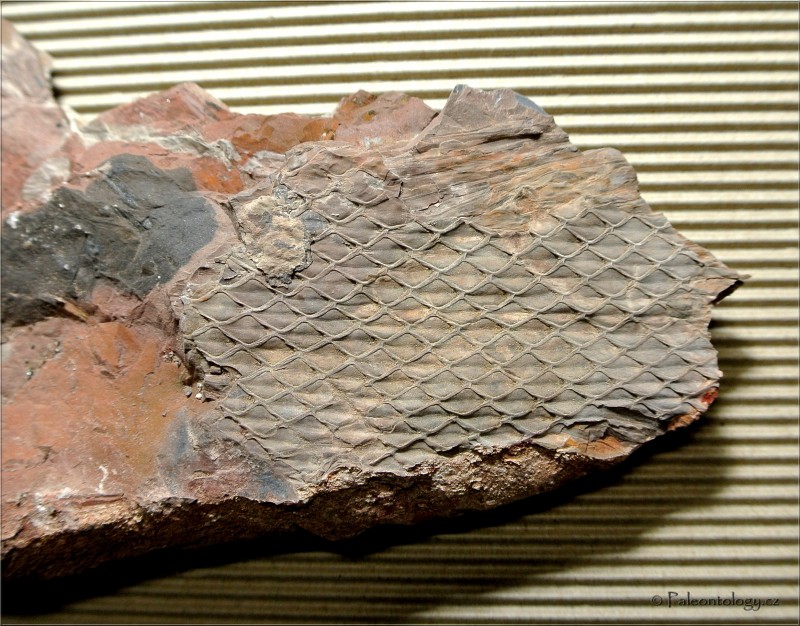
Fig.1: Bergeria dilatata (Lindley & Hutton 1831) Álvarez-Vazquez & Wagner 2014 - Czech Paleontological Society (PPC)
Upper Silesian Basin / Siltstone series / Czerwionka - Ameryka, Carboniferous / Pennsylvanian / Upper Bashkirian
- Stratigraphic and geographic range (Stratigrafické a geografické rozšíření): Bashkirian - Lower Moscovian; Czechia, Poland, France...
Upper Silesian Basin: Karviná Formatin / Karviná - Důl ČSA; Siltstone series / Czerwionka - Ameryka
Lower Silesian Basin: Nowa Ruda - KWK Piast, Žacléř - Důl Jan Šverma
Plzeň Basin:
Kladno Basin:
- Material (Materiál):
Czech Paleontological Society (PPC): 100+ pcs
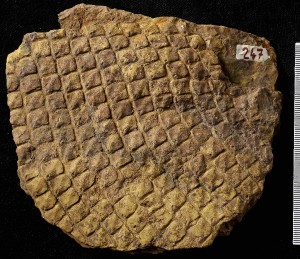
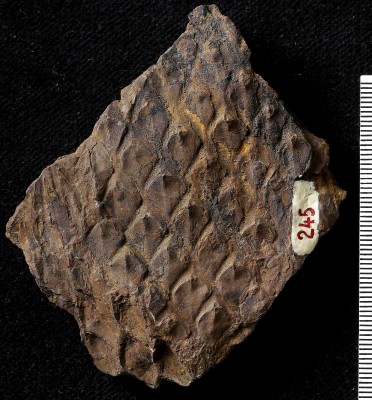
Fig.2 & 3: Bergeria dilatata (Lindley & Hutton 1831) Álvarez-Vazquez & Wagner 2014 = Lepidodendron acutum (Presl) Kidston - Národní muzeum Praha
Czechia / Plasy, Carboniferous / Pennsylvanian
- Literature (Literatura):
Álvarez-Vazquez, C., Wagner, R.H. 2014. Lycopsida from the lower Westphalian (Middle Pennsylvanian) of the Maritime Provinces, Canada. Atlantic Geology 50, 167-232. - online here
- Quote this article (Citace tohoto příspěvku):
Pavela M. (2017): Fossil taxa: Bergeria dilatata (Lindley & Hutton 1831) Álvarez-Vazquez & Warner 2014, PALEO 2017:277
- Date of publishing (Datum publikování): 21.12.2017
- Photogallery (Fotogalerie):
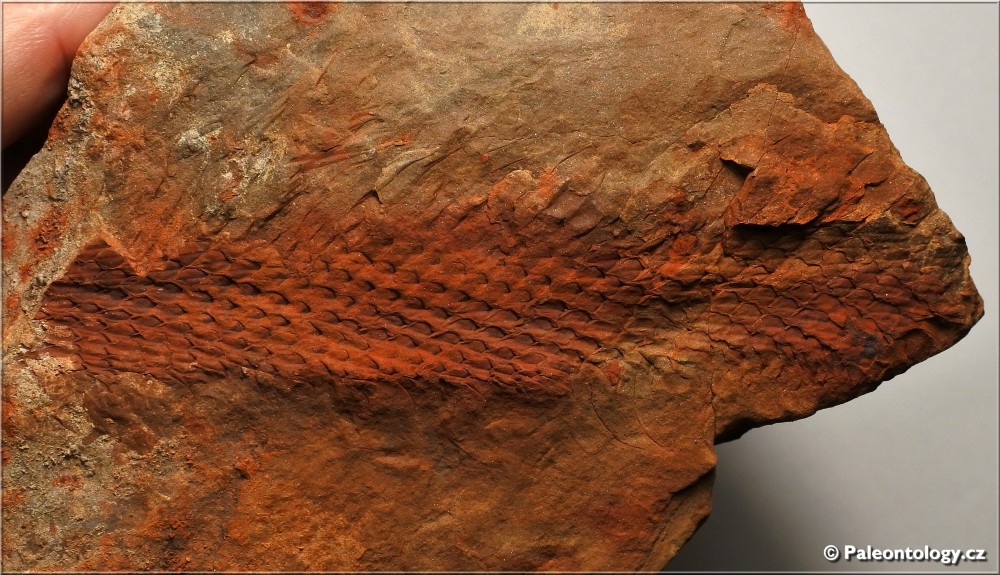
Fig.4: Bergeria dilatata (Lindley & Hutton 1831) Álvarez-Vazquez & Wagner 2014 - Czech Paleontological Society (PPC)
Upper Silesian Basin / Siltstone series / Czerwionka - Ameryka, Carboniferous / Pennsylvanian / Upper Bashkirian
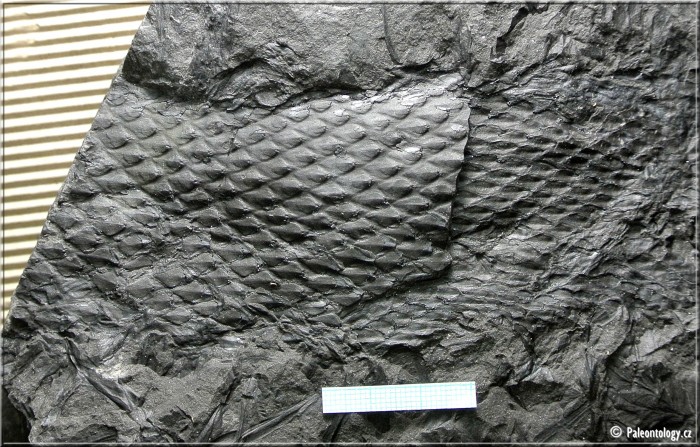
Fig.5: Bergeria dilatata (Lindley & Hutton 1831) Álvarez-Vazquez & Wagner 2014, Upper Silesian Basin / Karviná - Důl ČSA, PPC
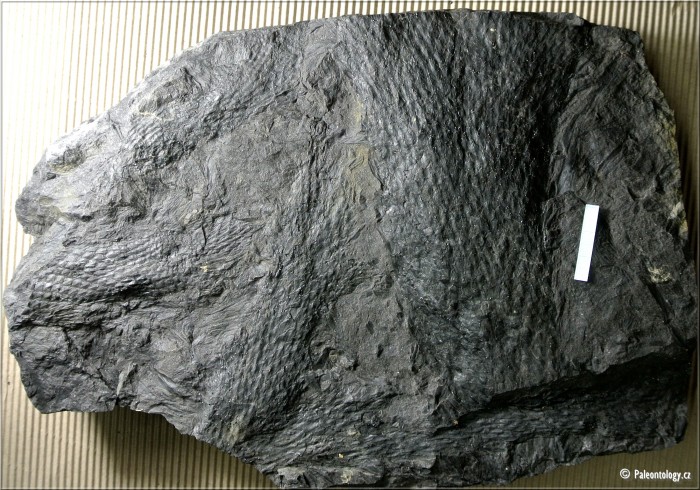
Fig.6: Bergeria dilatata (Lindley & Hutton 1831) Álvarez-Vazquez & Wagner 2014, Upper Silesian Basin / Karviná - Důl ČSA, PPC
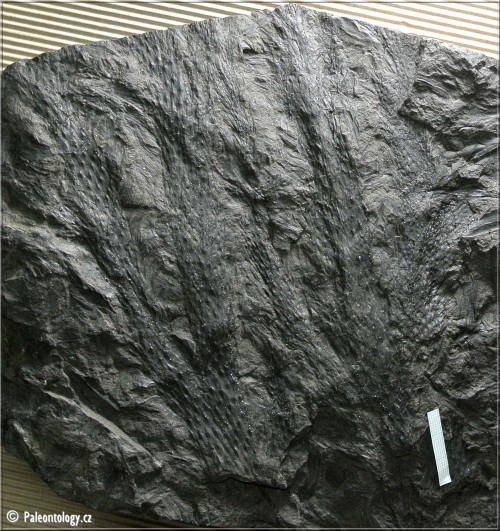
Fig.7: Bergeria dilatata (Lindley & Hutton 1831) Álvarez-Vazquez & Wagner 2014, Upper Silesian Basin / Karviná - Důl ČSA, PPC
- Bonus: Original text Carmen Álvarez-Vázquez & Robert H. Wagner, 2014 - online here
Bergeria dilatata (Lindley and Hutton 1831) comb. nov. (Figs. 13, 14a–h, 16g-h)
- * 1831 Lepidodendron dilatatum Lindley and Hutton, p. 27, pl. 7, fig. 2 (Fig. 13 herein) (attributed to Lepidodendron ophiurus by Zeiller 1888, and tentatively included in Lepidodendron acutum by Němejc 1947).
- * 1831 Lepidodendron gracile Lindley and Hutton, p. 30, pl. 9, figs. 1, 2 (included in Lepidodendron ophiurus by Kidston 1890).
- 1831 Lepidodendron Sternbergii, Lindley and Hutton, pp. 15–21, pl. 4.
- * 1838 Bergeria acuta Presl in Sternberg, p. 184, Taf. XLVIII, figs. 1a, 1b.
- * 1838 Bergeria angulata Presl in Sternberg, p. 184, Taf. LXVIII, fig. 17 (to Lepidodendron acutum acc. to Němejc 1947).
- * 1838 Bergeria marginata Presl in Sternberg, p. 184, Taf. LXVIII, fig. 16 (to Lepidodendron acutum acc. to Němejc 1947).
- * 1838 Bergeria quadrata Presl in Sternberg, p. 184, Taf. LXVIII, fig. 19 (to Lepidodendron acutum acc. to Němejc 1947).
- * 1838 Bergeria rhombica Presl in Sternberg, p. 184, Taf. LXVIII, fig. 18 (to Lepidodendron acutum acc. to Němejc 1947).
- * 1854 Lepidodendron Haidingeri Ettingshausen, p. 55, Taf. 22; Taf. 23, figs. 1, 2 (same as Lepidodendron acutum acc. to Kidston 1911).
- * 1860 Lepidodendron Oweni Wood, p. 239, pl. 5, fig. 1.
- 1873 Lepidodendron tetragonum, Dawson, pp. 28–29, pl. V, figs. 39, 39a.
- p 1873 Lepidodendron Sternbergii, Dawson, pp. 22–23, pl. VI, figs. 44–45; non p. 45, pl. VI, figs. 42–42b (maybe Diaphorodendron decurtatum), fig. 43 (poorly figured).
- * 1879–80 Lepidodendron lanceolatum Lesquereux, p. 369, pl. LXIII, figs. 3–5a (to Lepidodendron lycopodioides acc. to Arber 1922, and Lepidodendron acutum acc. to Němejc 1947).
- * ? 1879–80 Lepidodendron Scutatum Lesquereux, p. 369, pl. LXIII, figs. 6–6c.
- 1879–80 Lepidodendron rhombicum, Lesquereux, p. 382, pl. LXII, figs. 4, 4a; LXIV, fig. 18.
- 1884 Lepidodendron (Bergeria) marginatum, Lesquereux, p. 784, pl. CVII, fig. 3.
- * 1893 Lepidodendron Landsburgii Kidston, pp. 338–339, pl. III, figs. 9–10b (transferred to Ulodendron by Thomas 1968, and to Anabathra by Pearson 1986).
- 1899 Lepidodendron lanceolatum, White, pp. 192–195, pl. LIII, figs. 2, 2a.
- 1909 Lepidodendron similis Kidston in Jongmans, p. 174, 201, 215 (nomen nudum).
- 1911 Lepidodendron simile Kidston, pp. 137–138.
- p 1937 Lepidodendron obovatum, Jongmans, p. 403, pl. 23, fig. 55; non p. 404, pl. 24, fig. 61 (= Lepidodendron bellii).
- 1937 Lepidodendron ophiurus, Jongmans, p. 397, 409, pl. 15, figs. 23–24; pl. 31, figs. 94–97.
- ? 1938 Lepidodendron lycopodioides, Bell, pp. 93–94, pl. XCVI, fig. 2, fig. 3 (presence or absence of leaf scars not clear from illustrations); pl. XCVII, figs. 1–3 (small leafy branches).
- p 1940 Lepidodendron ophiurus, Bell, p. 123, pl. VII, figs. 5, 7; non pl. VII, fig. 6 (a single leaf cushion with leaf attached).
- v p 1944 Lepidodendron lanceolatum, Bell, pp. 88–89, pl. XLVIII, fig. 3 (small branches with terminal strobili, referable to Flemingites russelianus — see later).
- ? 1949 Lepidodendron aculeatum, Arnold, pp. 160–161, pl. II, figs. 1, 3, 4.
- 1949 Lepidodendron lanceolatum, Arnold, pp. 165–167, pl. V; pl. VI, figs. 4–6 (included in Lepidodendron acutum by Bell 1962).
- p 1949 Lepidodendron ophiurioides? Arnold, pl. IV, fig. 5; non pp. 162–165, pl. III, fig. 4 (Lepidodendron ophiurioides); non pl. IV, figs. 1–3 (Lepidodendron ophiurioides).
- 1949 Lepidodendron vestitum, Arnold, pp. 168–169, pl. II, fig. 5.
- p 1964 Lepidodendron ophiurus, Crookall, pl. LXI, fig. 4 (branchlets); pl. LXIII, figs. 1, 2 (Lepidodendron landsburgii syntypes); ? pl. LXI, fig. 9 (cannot be judged with certaincy from the illustration); non pp. 287–294, pl. LXII, fig. 5 (resembles Lepidodendron ophiurus); non pl. LXX, fig. 7 (maybe “Lepidodendron” volkmannianum); pl. LXXIII, fig. 4 (terminal part of branch with attached strobilus — difficult to identify beyond “Lepidodendron” sp.); text-fig. 93 (copy of Brongniart’s original figure of Lepidodendron ophiurus).
- 1966 Lepidodendron pictoense (= ? L. ophiurus), Bell, p. 10, pl. IV, fig. 13.
- 1966 Lepidodendron ophiurus, Bell, pl. XX, fig. 1 (same as Bell 1940, pl. VII, fig. 7).
- k 1968 Ulodendron landsburgii (Kidston) Thomas, pp. 426–428, text-figs. A–D (referred to Anabathra landsburgii by Pearson 1986, p. 280).
- ? 1969 Lepidodendron lanceolatum, Darrah, p. 181, pl. 32, fig. 1.
- 1978 Lepidodendron cf. wortheni, Gillespie et al., p. 52, pl. 12, fig. 2.
- ? 1978 Lepidodendron with attached Lepidophylloides, Gillespie et al., p. 45, 52, pl. 12, fig. 4; pl. 13, figs. 3, 4, 5 (small branches with attached leaves; difficult to judge from illustrations).
- ? 1985 Lepidodendron acutum, Gillespie and Rheams, p. 200, pl. III, fig. 9 (small branch; presence or absence of leaf scars is unclear).
- ? 1985 Lepidodendron acutum, Gillespie and Crawford, p. 250, pl. I, fig. 3 (poorly figured).
- ? 1985 Lepidodendron cf. rimosum, Gillespie and Crawford, p. 250, pl. I, fig. 6 (poorly figured).
- v 1995 Ulodendron acutum (Presl) Álvarez-Vázquez, p. 218, lám. 73; lám. 74, figs. 1, 2; lám. 75, fig. 1; lám. 76, figs. 1, 6.
- 1997 Lepidodendron acutum, Kvaček and Straková, p. 28, pl. 2, figs. 3, 4 (holotype of Bergeria acuta); p. 34, pl. 4, fig. 3 (holotype of Bergeria angulata); p. 100, pl. 33, fig. 5 (holotype of Bergeria marginata); p. 126, pl. 45, fig. 4 (holotype of Bergeria quadrata); p. 130, pl. 46, fig. 4 (holotype of Bergeria rhombica).
- v 2010 Ulodendron acutum, Wagner and Álvarez-Vázquez, p. 257, 262, 264, 266, 270, 307, pl. XI, fig. 2.
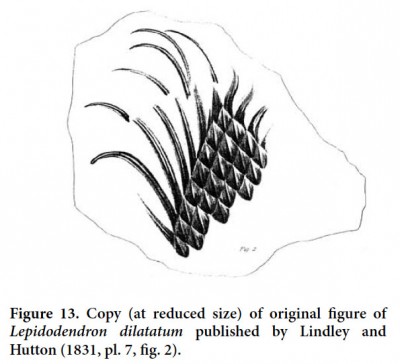
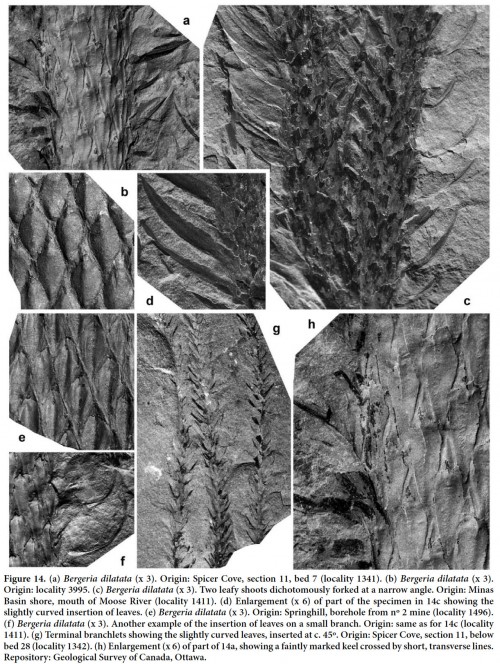
103 DESCRIPTION. Leaf cushions flat, smooth, contiguous or separated by narrow grooves, obovate, with the broadest part in the upper third or upper half of cushion, straight or slightly inflected acuminate base, acute apex, and rounded lateral angles. Dimensions: 7–15 mm long and 2–4 mm broad; ratio ≈ 3.5. Keel absent or only faintly marked, smooth or (occasionally) with a few faint, short transverse lines. A small, irregular scar marks the position of the leaf base at the top of the cushion. Parichnos absent. Leaves linear-lanceolate, slightly curved near the base, single-veined, at least three or four times longer than the cushions, and inserted at 45–50° angle. Branches dichotomously forked at angles of 30–45° (measurements based on more examples than the few Canadian specimens).
104 REMARKS. Although Bell (1944, p. 80) mentioned the presence of Lepidodendron lanceolatum at several localities in the Cumberland Basin, he only figured one specimen (his pl. XLVIII, fig. 3 — later included by Bell 1962 in Lepidodendron pictoense), which is from the Minas Basin, Nova Scotia (Bell’s locality 1406, Moose River). Another specimen from the same locality (cited as 3100 but apparently the same as locality 1406) was figured by Bell (1966, pl. IV, fig. 13) and recorded as Lepidodendron pictoense. Crookall (1964, p. 290) referred Bell’s (1944) specimen to Lepidodendron ophiurus, as were those determined as Lepidodendron lycopodioides by Bell (1938) and Lepidodendron ophiurus by Bell (1940). Němejc (1947) included Lepidodendron lanceolatum in Lepidodendron acutum, a species synonymized herein with Bergeria dilatata.
The specimen in Bell (1944, pl. XLVIII, fig. 3) shows thin ultimate branches with attached leaves and terminal strobili. This material is closely similar to that figured here (Figs. 14c, d, f and 16a–b, g–h) from locality 1411, also at Moose River (Minas Basin). Bell (1944) compared his material with Lepidodendron simile, which we consider to be a synonym of Bergeria dilatata, and with Lepidodendron lycopodioides, a species that Němejc (1947) regarded as synonymous with Lepidodendron selaginoides. However, “Lepidodendron” selaginoides possesses fusiform, elongate leaf cushions with linear, very short leaves that are different from those of the Canadian specimens.
Zeiller (1888) and Kidston (1890, 1891) both referred Lepidodendron dilatatum (now Bergeria dilatata) to Lepidodendron ophiurus. The holotype of Lepidodendron ophiurus (Brongniart 1822, pl. IV, figs. 1a, b — drawings reproduced in Crookall 1964, text-fig. 93) shows three small leafy branches with rhomboidal leaf cushions that display a well-marked, unornamented keel. The enlargement figured by Brongniart (1822, fig. 1b) shows definite (rhomboidal) leaf scars with a single central marking, suggesting the absence of parichnos. Quite apart from the presence or absence of parichnos, the clearly differentiated leaf scars exclude the assignment of Lepidodendron ophiurus to Bergeria.
The synonymy list cites the many names applied to this species, both as synonyms and misidentifications. Bergeria dilatata is well represented in the Westphalian fossil record, allowing for a full description of adpression characters. Although our description is based primarily on the Canadian specimens, we also compared these with a large collection (several hundred specimens) from the Peñarroya Basin of early Westphalian age in southwestern Spain.
105 COMPARISONS. The presence of almost flat, smooth leaf cushions with small, irregular scars at or near the top of the cushion, and the absence of parichnos make Bergeria dilatata a distinctive species.
Bergeria worthenii has the field above and below the leaf scar ornamented with coarse, transverse, discontinuous wrinkles.
106 STRATIGRAPHIC AND GEOGRAPHIC DISTRIBUTION. The holotypes of both Lepidodendron dilatatum and Lepidodendron gracile originated in the Low Main coal seam, Felling Colliery, Durham coalfield, corresponding to lower Westphalian B (lower Duckmantian) according to Ramsbottom et al. (1978). The type material of Bergeria acuta, Bergeria angulata, Bergeria marginata, Bergeria quadrata and Bergeria rhombica all came from the Nýřany Member, Kladno Formation, central Bohemia, of Asturian/ early Cantabrian age. The holotypes of Lepidodendron lanceolatum and Lepidodendron scutatum came from the Clinton Coal, Missouri, probably of early Asturian age. In Great Britain, the species has been recorded (under various names) throughout the Westphalian. According to Wagner and Álvarez-Vázquez (2010), this species (recorded as Ulodendron acutum) ranges from Langsettian to Asturian in the Iberian Peninsula.
107 OCCURRENCE IN THE MARITIME PROVINCES, CANADA. Cumberland Basin (Nova Scotia): Bell (1944): locality 1053 (one piece with leafy branches without catalogue number); locality 1080 (GSC 9854 + GSC 9865 + GSC 9866 — together with Laveineopteris polymorpha and Calamites suckowii); locality 1340 (three pieces, without catalogue number, with small leafy branches); locality 1341 (one piece — with Zeilleria avoldensis); locality 1342 (one piece — leafy branches); locality 1344 (two pieces — leafy branches); locality 1375 (one piece — leafy branch); locality 1401 (six pieces — with Dorycordaites palmaeformis); locality 1406 (GSC 9913 + two pieces without catalogue number — also Flemingites russelianus); locality 1430 (three pieces — small leafy branches); locality 1439 (small leafy branch); locality 1491 (two pieces — poorly preserved); locality 1496 (one poorly preserved specimen associated with rootlets + two pieces associated with Calamites suckowii); locality 1497 (three pieces — fragmentary) locality 1498 (two pieces — leafy branches); locality 1983 (one piece); locality 2989 (two pieces); GSC 8995. minas basin (nova scotia): Bell (1944): locality 77 (GSC 332); locality 1411 (five pieces — also Flemingites russelianus); locality 2261 (without catalogue number). Bell (1966): locality 3100 (GSC 14929). Sydney Basin (Nova Scotia): Bell (1938): locality 514 (GSC 3305); locality 537 (GSC 3315); locality 922 (GSC 3999); locality 923 (GSC 4003); locality 929 (GSC 3978). Minto Coalfield (New Brunswick): Bell (1940): locality 1107 (GSC 10449); locality 2645 (GSC 10401); locality 2839 (GSC 10448). Bell (1966): locality 1107 (GSC 10449 — same as Bell, 1940).
108 OCCURRENCE IN THE UNITED STATES. Alabama: Gillespie and Rheams (1985); georgia: Gillespie and Crawford (1985). Illinois: Lesquereux (1879–1880), Darrah (1969). Kentucky: Lesquereux (1879–1880). Michigan: Arnold (1949). Missouri: Lesquereux (1879–1880, 1884), White (1899). Pennsylvania: Lesquereux (1879–1880, 1884), Wood (1860). West Virginia: Jongmans (1937), Gillespie et al. (1978).